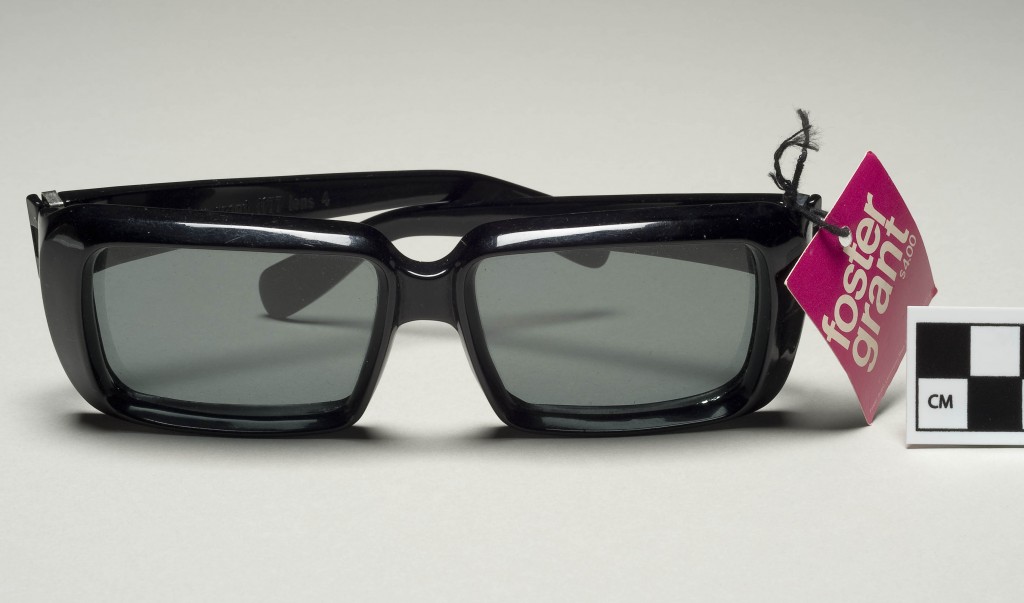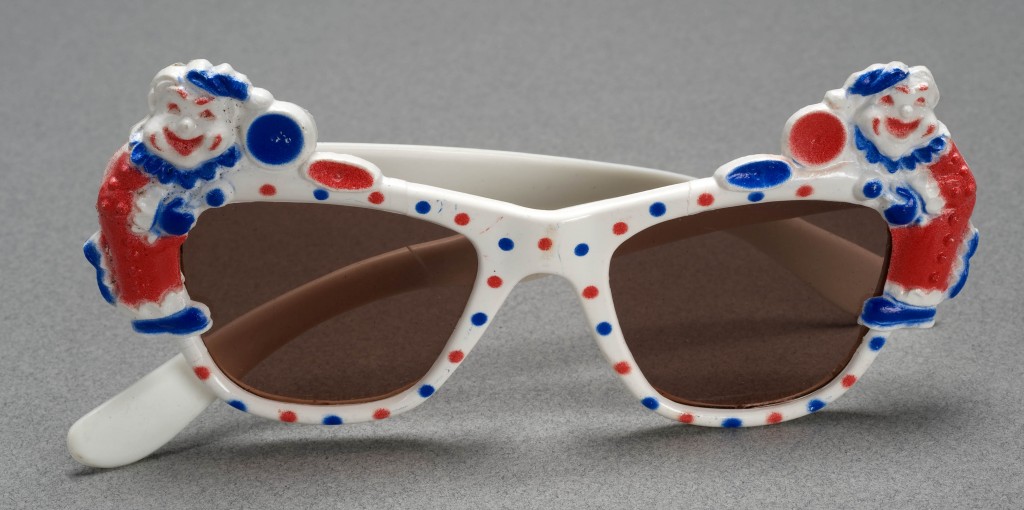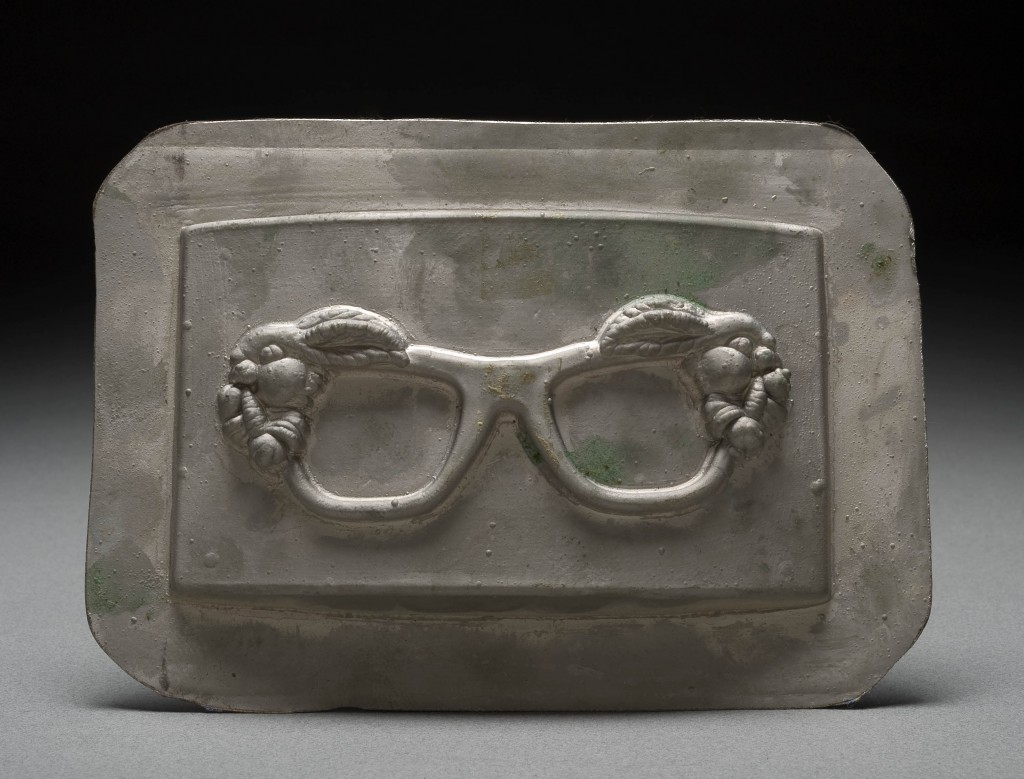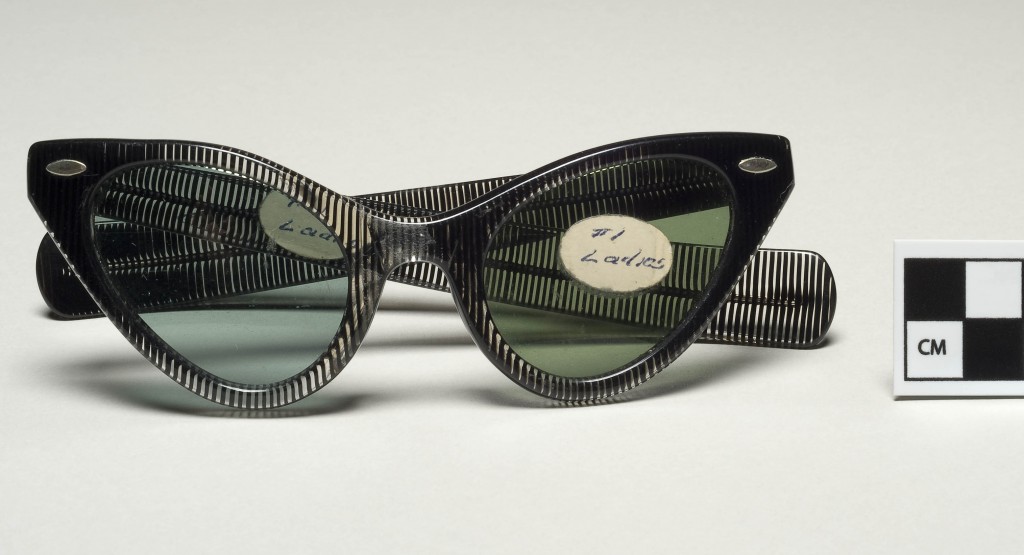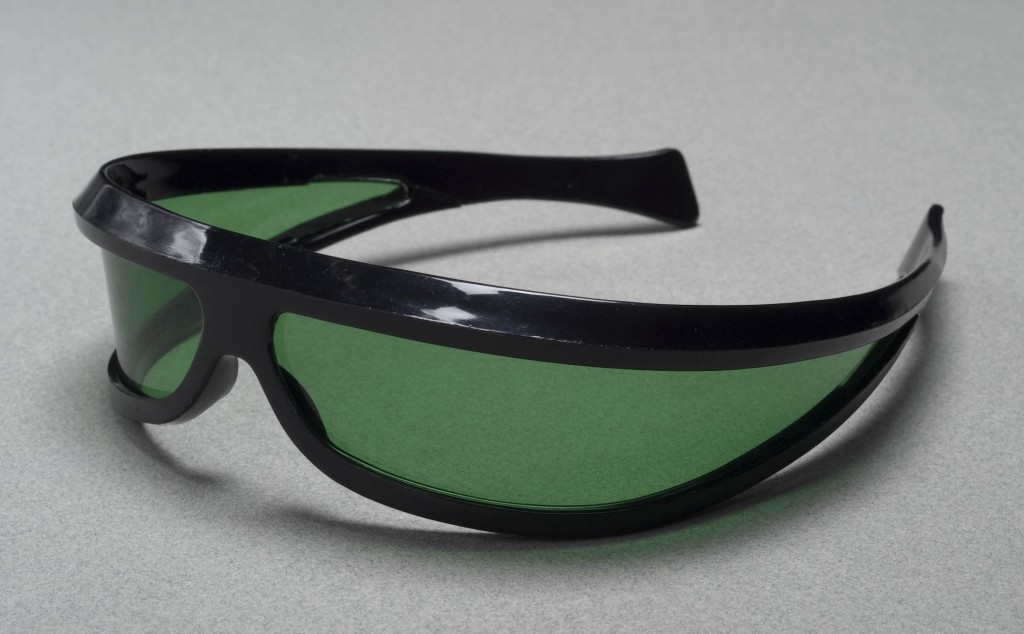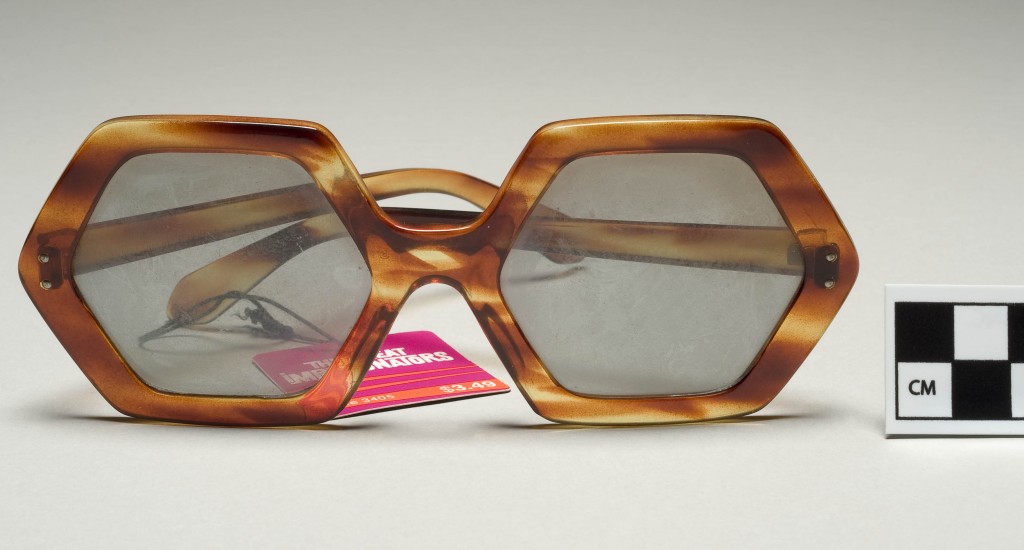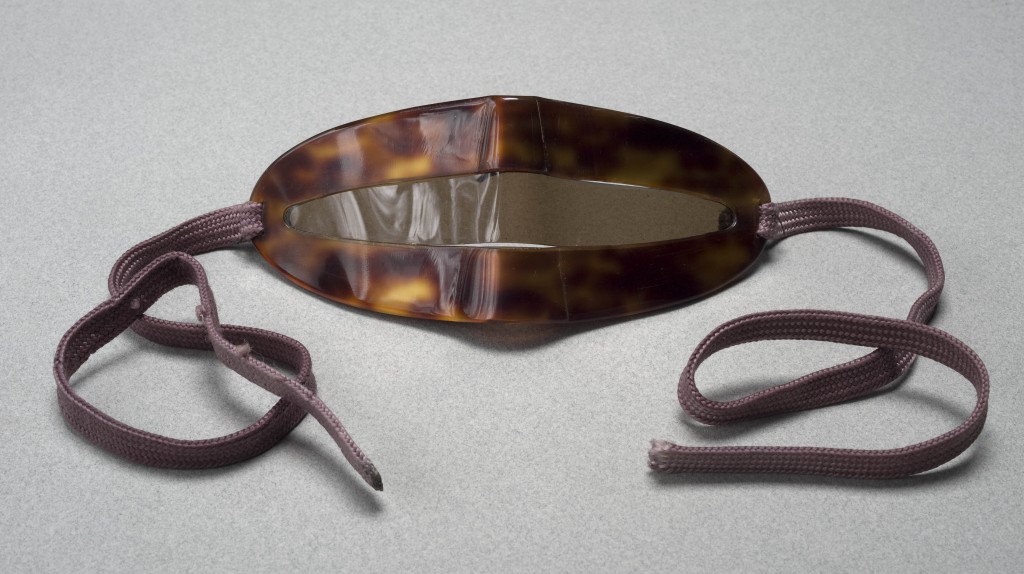Point of Contact Marks 50 Years With Landmark Exhibition
To commemorate its 50th anniversary Punto de Contacto/Point of Contact, Inc. (POC) is presenting “50 Sin Cuenta,” a landmark exhibition of contemporary Latin American art drawn from its own permanent collection. An opening event will be held Friday, Sept. 19,…


